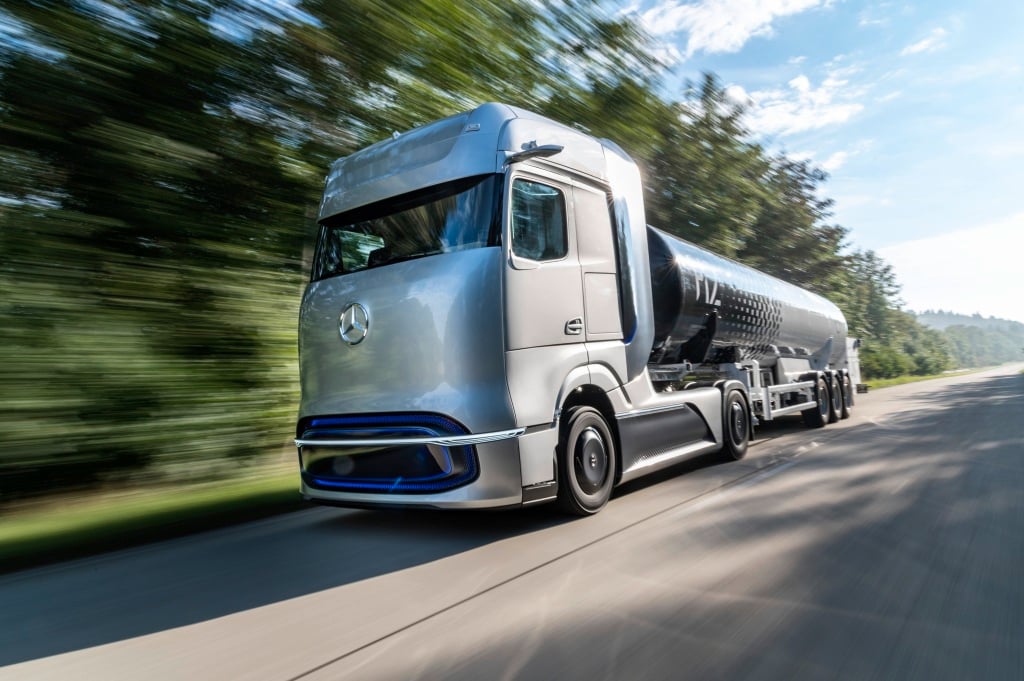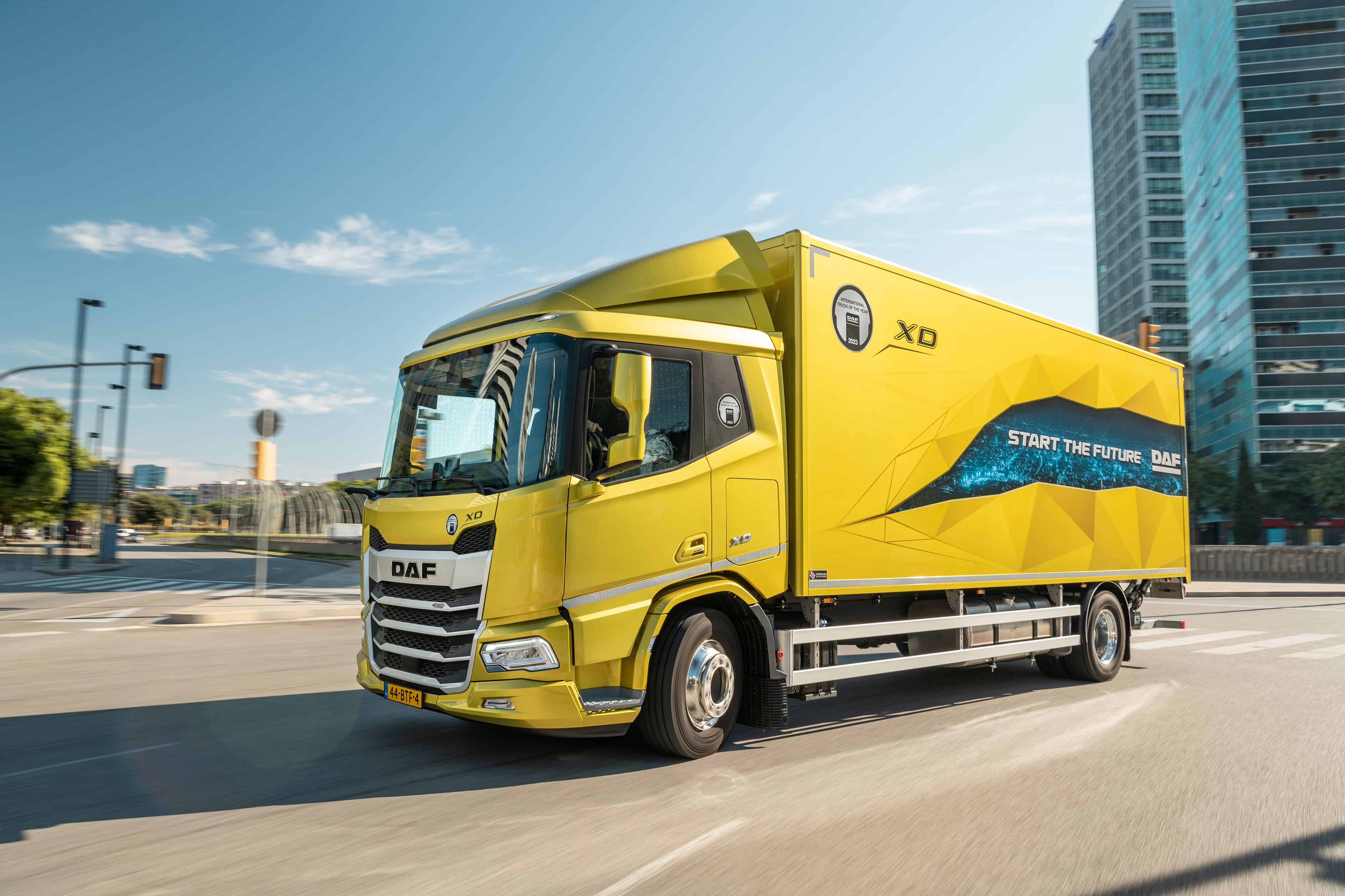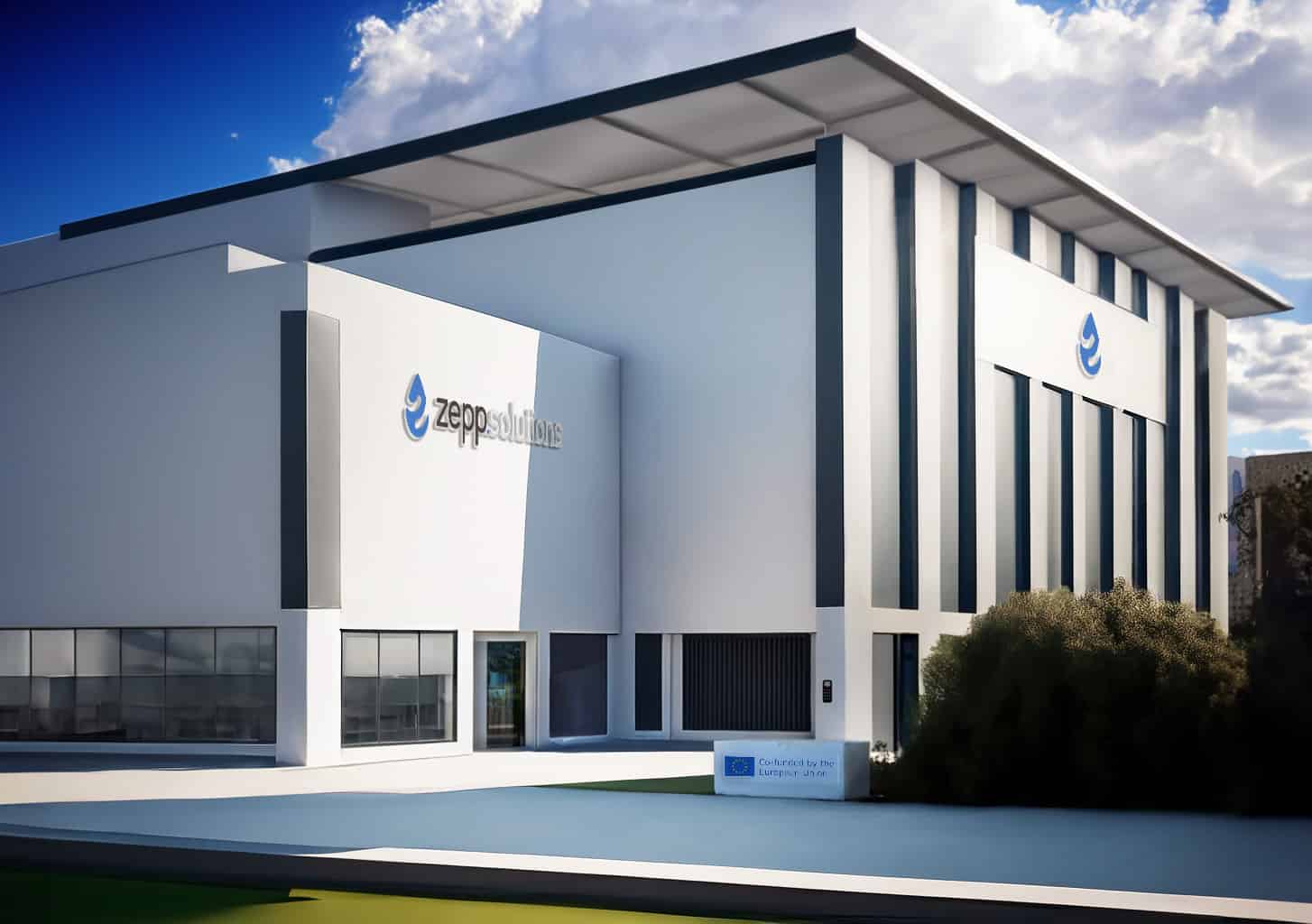
The H2Accelerate collaboration has announced an ambitious plan to deploy 150 fuel cell trucks across Europe with the aim of decarbonizing long-haul goods transport using hydrogen. Is this really ambitious, or is it just a small step in the wrong direction? Questions have been raised about the feasibility of this initiative, particularly in terms of hydrogen production, infrastructure, and government support. Moreover, some are skeptical about whether this project is truly ambitious or just a greenwashing effort by industry giants such as Shell, Daimler, Total, and Iveco, who still heavily rely on fossil fuels. And why this focus on hydrogen, which has been promised as the fuel of the future for decades, instead of full electric solutions?
Challenges in Hydrogen Production and Infrastructure
Producing hydrogen is a difficult process, with most of it still being derived from grey sources. Additionally, the transportation and storage of hydrogen pose logistical challenges. The cycle of electricity to hydrogen and back to electricity is considerably more inefficient than the electricity to battery to electricity process. Despite these hurdles, companies like Scania are exploring hydrogen for sustainable transport and decarbonization, acknowledging that green hydrogen, produced in an environmentally friendly manner, may play a crucial role in specific transport types.
Infrastructure development for hydrogen refueling stations is another critical challenge that needs to be addressed to support the widespread adoption of hydrogen trucks. The H2Accelerate partnership has secured funding for deploying eight heavy-duty hydrogen refueling stations through the EU funding instrument “Connecting Europe Facility”. However, the industry will require a dense EU charging and refueling network to decarbonize while continuing to support customers and trade in the EU and beyond.
Government Incentives and Subsidies for Hydrogen Trucks
There are several government incentives, subsidies, and regulations in place to promote the use of hydrogen in the trucking industry. The Clean Hydrogen Partnership is co-financed by the EU, with financing directed to carbon-centric companies like Shell, Total, and Daimler. The partnership now exists for almost 2.5 years, and despite announcing major ambitions these 150 trucks are the first real result.

On the other hand, more modern and innovative companies like Einride are not included in the funding. The UK government has also initiated a £200 million investigation into hydrogen and electric trucks, aiming for zero-emission heavy goods vehicles (HGVs) by 2040.
The debate between hydrogen and electric trucks is ongoing, with contradicting claims from both sides. Elon Musk criticizes hydrogen for energy storage, while Hyzon Motors argues that electric grids would be strained by HGV charging. Battery supply chain challenges limit EV production and adoption, leading some truck makers, like Scania, to pivot to hydrogen fuel development.
Comparing Hydrogen and Electric Trucks
Hydrogen fuel cells offer an energy density advantage over lithium-ion batteries for HGVs due to weight and uninterrupted operation requirements. For example, a Tesla Semi electric truck with a 4.5-ton battery has an energy density of 5 MJ/kg, while hydrogen fuel cell trucks by Nikola and Hyzon have double the energy density. Due to the success of electric vehicles and upscaling of battery production, prices of batteries are falling fast.
Hydrogen refueling for a 500-mile range truck takes 15 minutes, while battery electric takes from 30 minutes for 70% charge up to 6 hours, depending on the available infrastructure. However, hydrogen adoption is less electricity-efficient (35%) than battery EVs (70%-80%). Hydrogen fuel cells are in an earlier development stage, but their cost reduction curve is steeper, and falling hydrogen fuel costs and subsidies predict the cost of ownership parity with fossil-powered trucks by 2026. Full electric trucks like the Tesla Semi already have a total cost of ownership below the cost of a diesel truck in the US.
Conclusion
While the H2Accelerate project’s ambition to deploy 150 fuel cell trucks across Europe shows the industry’s commitment to decarbonizing long-haul goods transport, it is essential to address the challenges in hydrogen production, transportation, and infrastructure development. The project’s success will depend on overcoming these obstacles and securing additional funding and government support. The debate between hydrogen and electric trucks will continue, with both technologies likely to coexist and serve different segments of the trucking market. However, it is crucial to ensure that innovative companies like Einride are not left out of the funding loop, as they hold the key to a cleaner, safer, and more efficient way to move goods in the future.








